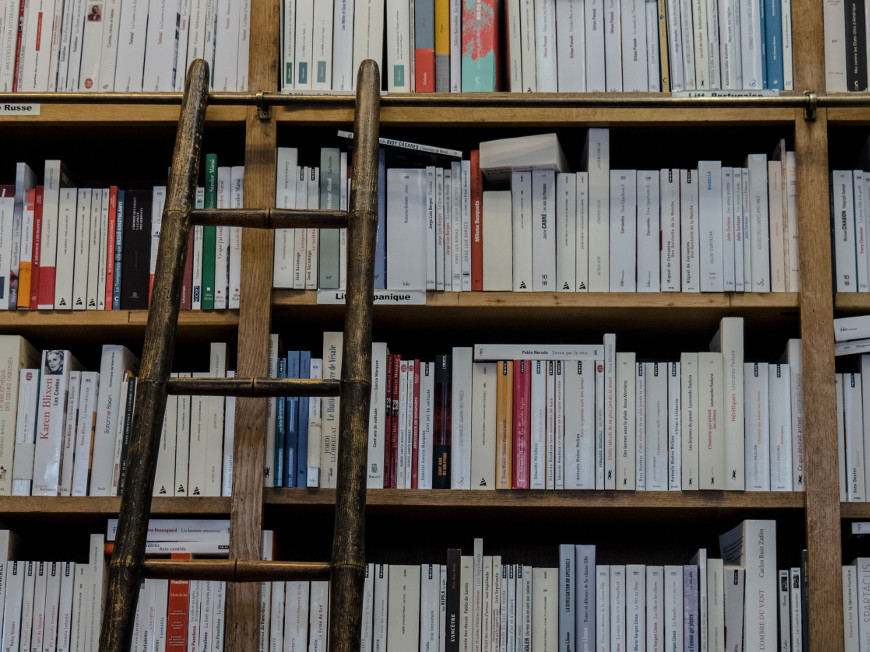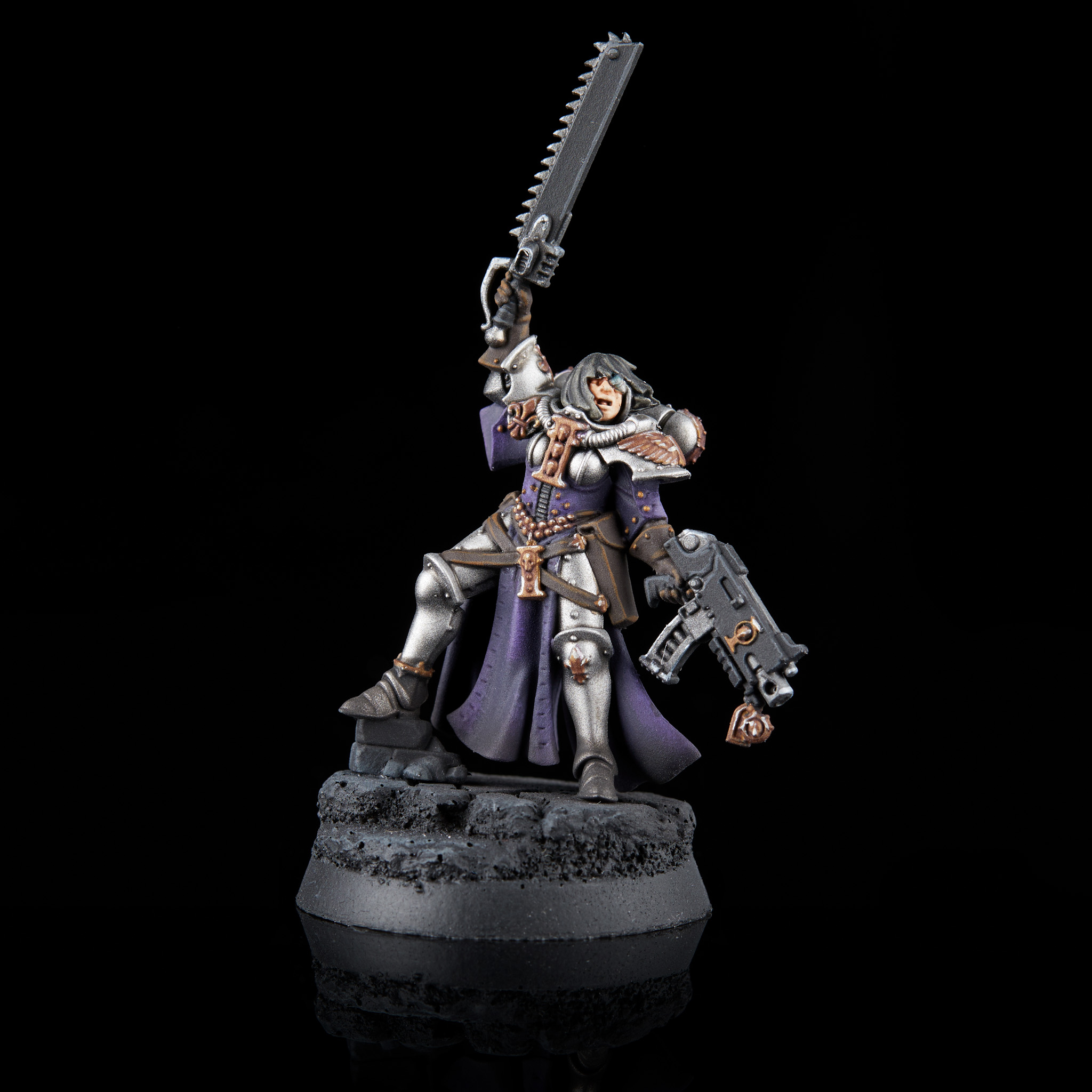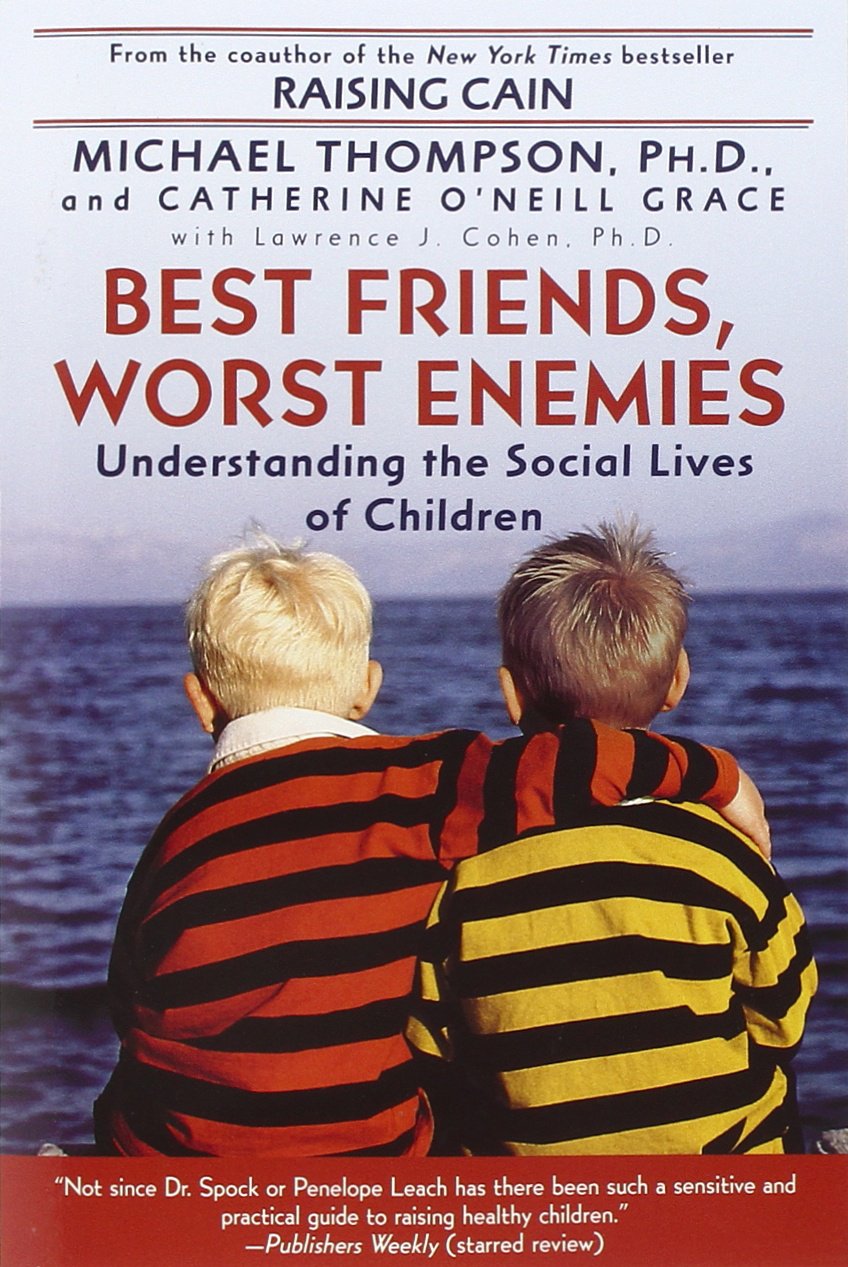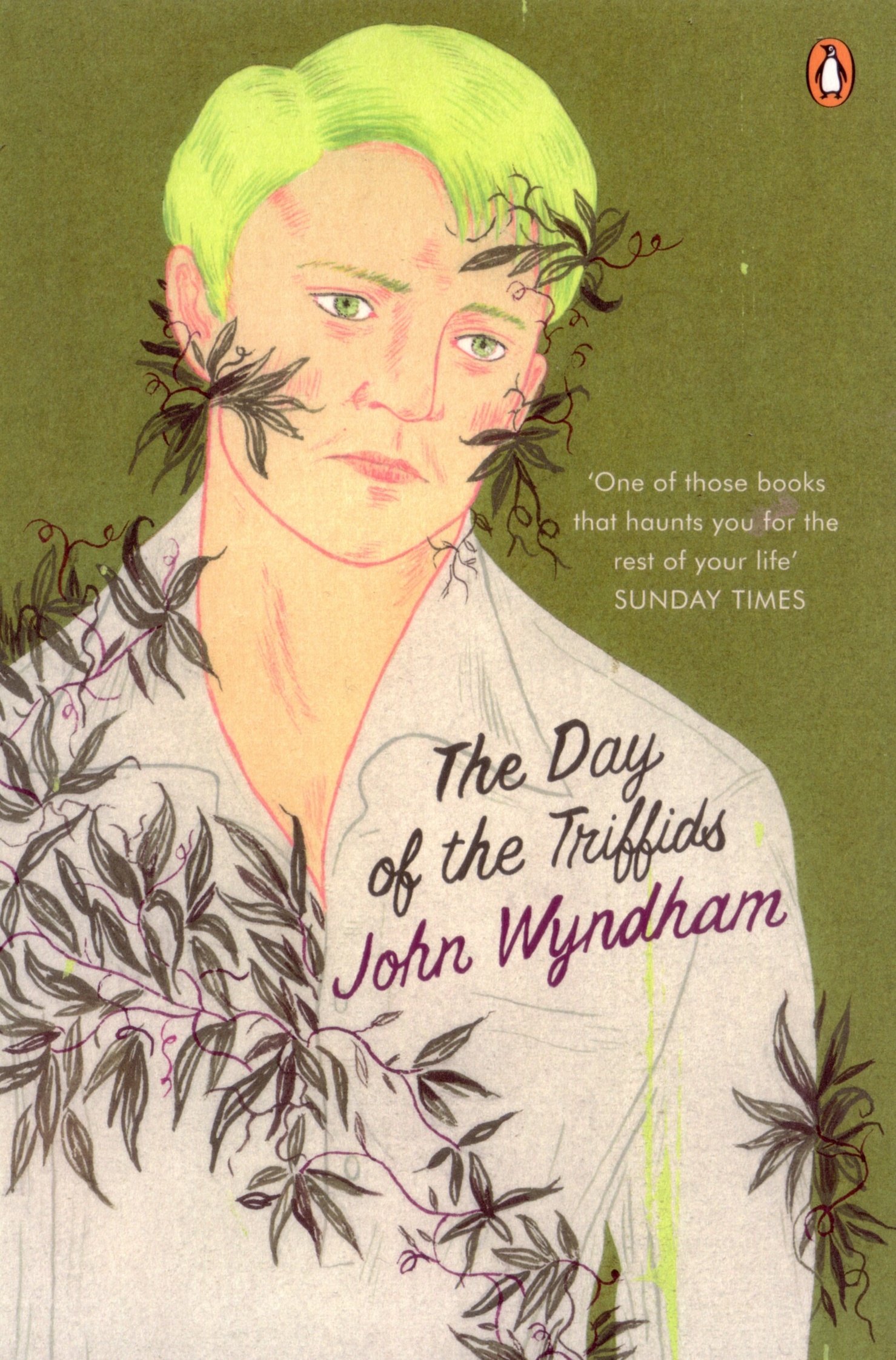by James Wallace Harris, Friday, November 6, 2020
Once again I’m turning my reading of The Best American Short Stories (BASS) into a blogging project. See my review for the 2019 volume. The series editor is Heidi Pitlor, who has held that post since 2007, and this year’s 2020 guest editor is Curtis Sittenfeld. Each year, the series editor reads hundreds of stories and passes on what they consider to be the top 120 stories to the guest editor, who in turn picks their favorite twenty stories to publish as The Best American Short Stories for the year. It’s a kind of literary playoff where the winners of the Final 20 are chosen by us readers.
I’ve always wanted to write fiction, especially short stories, but I’ve never felt I was any good at it. Reading these stories teaches me about the best of literary prose. For each of the past three years I’ve read hundreds of short stories and I’m slowly learning what goes into good storytelling. I doubt I’ll ever write a story worthy of being published but I keep trying. To succeed at 69 or 70 would be very satisfying as an extremely late blooming boomer.
My intended project is to read The Best American Short Stories 2020 and study how each story works. This means twenty blog posts, something that should take me months to complete. I’m aware of two other bloggers also analyzing each BASS story (Karen Carlson, Jacob Weber). If other readers of this blog are also reviewing this BASS edition, please let me know in the comments.
To understand each story at an artistic level will require multiple readings. I’ve already learned it takes two or three readings to do justice to a good story, and it will take even more readings to reveal everything the author intended. Most readers rush through their fiction. That’s how I’ve read most of my life. It’s only since I started listening to audiobooks in 2002 that I’ve learned that slower is better. I’ve read the first story in this volume, “Godmother Tea” by Selena Anderson three times now, and I’m only beginning to comprehend why it’s the lead story.
My plan is to read each story via the printed book first. This will give me the general idea of the story, the flyover view. Then, I’ll listen to the audio version of the anthology. That will give me the voice and drama of the story. Professional narrators are highly skilled at interpreting that. And, finally, I’ll read the story again on the Kindle where I can highlight, take notes, and copy quotations. This is where I’ll deconstruct the writing and look for examples of what I want to learn.
I highly recommend buying BASS 2020, but if you don’t want to make such a commitment, some of the stories are available to read online. Try reading one of them. Then read it again. Did a lot more of the story pop out that you didn’t notice when you read it the first time? Try reading it yet again. Were you surprised by even more being revealed? These stories have amazing depth to them.
- “Godmother Tea” by Selena Anderson (my review)
- “The Apartment” by T. C. Boyle (my review)
- “A Faithful but Melancholy Account of Several Barbarities Lately Committed” by Jason Brown (my review)
- “Sibling Rivalry” by Michael Byers (my review)
- “The Nanny” by Emma Cline (my review)
- “Halloween” by Marian Crotty (my review)
- “Something Street” by Carolyn Ferrell (my review)
- “This is Pleasure” by Mary Gaitskill (my review)
- “In the Event” by Meng Jin
- “The Children” by Andrea Lee
- “Rubberdust” by Sarah Thankam Mathews
- “It’s Not You” by Elizabeth McCracken
- “Liberté” by Scott Nadelson
- “Howl Palace” by Leigh Newman
- “The Nine-Tailed Fox Explains” by Jane Pek
- “The Hands of Dirty Children” by Alejandro Puyana
- “Octopus VII” by Anna Reeser
- “Enlightenment” by William Pei Shih
- “Kennedy” by Kevin Wilson
- “The Special World” by Tiphanie Yanique
Normally, I read science fiction, but literary fiction usually reflects the cutting edge on the art of writing. Literary fiction also focuses on getting inside the heads of characters, and since we’re in the middle of a diversity boom, that means we’re seeing a wider range of perspectives, writing styles, and experimentation.
Few people read short stories today. It’s a dying art form that has a thriving subculture, albeit small. Before television Shanghaied popular entertainment in the 1950s, newsstands were filled with hundreds of magazine titles devoted to endless variety of short stories subjects, and most general interest and special focus magazines carried a handful of stories.
I consider short stories to be messages in a bottle from one soul to another. They are intricate little communiques where the writer sculps a small vision they want to share with the world. Great stories are multifaceted with layers and textures that required effort, concentration, and contemplation to reveal.
For some reason at my fading end of life I’ve found reading short stories to be far more interesting than any other art form. That’s partly due to the limits of what my aging mind can handle. Short and precise is good. But I also cherish what each writer expresses. They say a picture is worth a thousand words, so each story is a handful of mental portraits and landscapes painted in words.
There is far more to short stories than finding out what happens in the plot. And once they are carefully decoded you have to ask why did the writer write this, and also ask yourself, what does it mean to me.
It’s all deliciously multiplex.
Other Bloggers Reviewing BASS 2020 This Year:
- A Just Recompense – Karen Carlson
- Workshop Heretic – Jake Weber
- Short Story Magic Tricks – Ben Walpole
JWH




